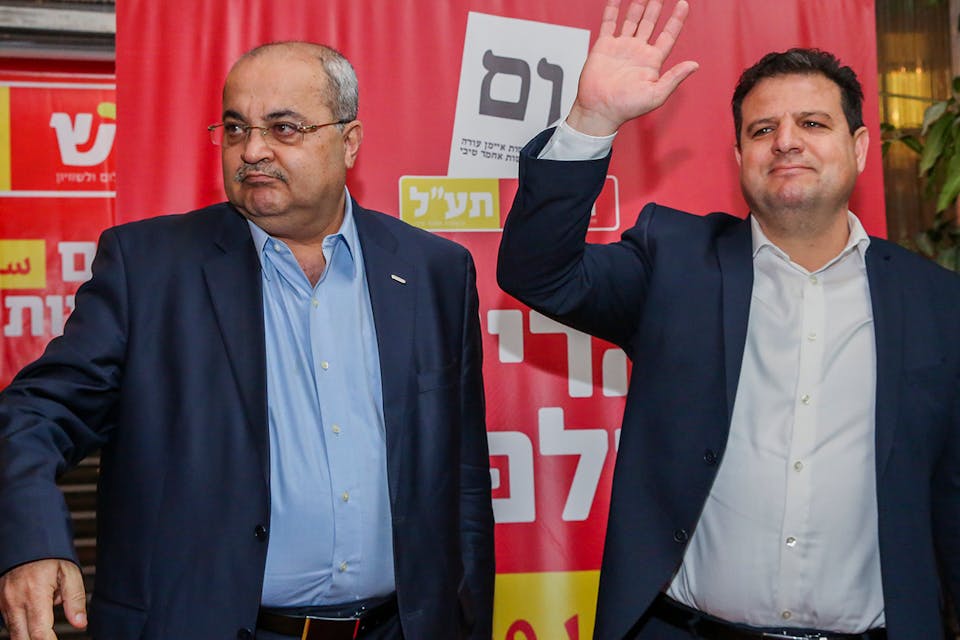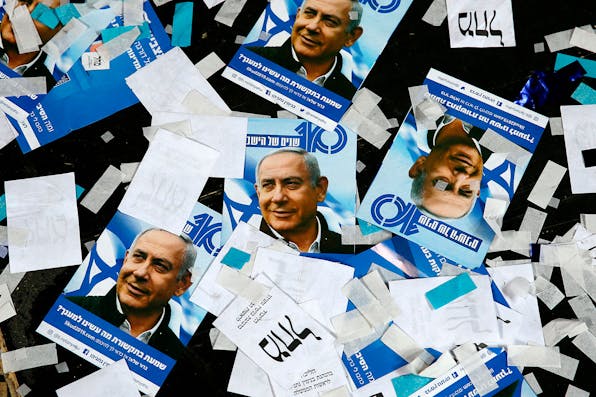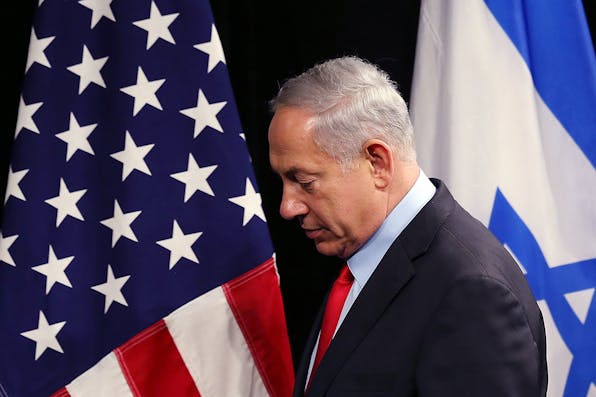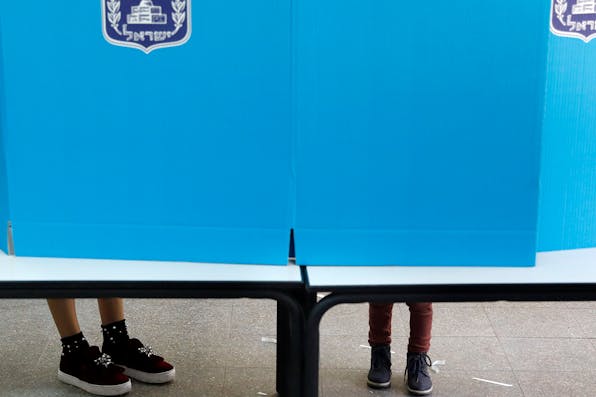
April 8, 2019
How Israel’s Electoral System Brings the Country’s Fringes Into Its Center
Israel's confusing plethora of small parties actually keeps Ḥaredim and Israeli Arabs, in particular, from becoming too alienated.
Like Haviv Rettig Gur in “How and Why Israelis Vote,” I, too, think the advantages of Israel’s parliamentary system outweigh its disadvantages, and for essentially the same reason: because it keeps a great many people in the political system who would otherwise remain outside it.
Critics of the system’s plethora of small parties—as Gur notes, no fewer than 43 parties have been vying for Knesset seats in this year’s election—maintain that it should be streamlined and redesigned so that only big parties would be able to enter the Knesset. In that case, the critics argue, people who currently vote for small parties would simply switch their votes to large ones.
No doubt, some voters would do so—but many others would not. There are at least three groups among whom turnout would plummet if niche parties became by definition unelectable: Arabs, Ḥaredim (including some ḥaredi Zionists), and the protest voters who, in every election, propel a new “fad” party into the Knesset. (In 2015, as Gur writes, the fad party was Kulanu. This year, it’s been Moshe Feiglin’s pro-marijuana, libertarian, right-wing Zehut party, which Gur doesn’t discuss although polls have consistently showed it gaining five to seven seats.)



